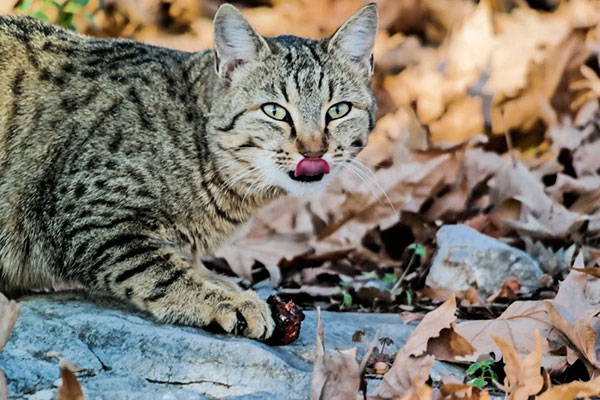Feeding stray animals can cause a host of problems in your community. Some community members may worry that strays will carry diseases that can be passed on to their pets. In addition to that, not all residents will want to deal with the increased animal traffic that often comes along with feeding strays.
As an HOA, you may be able to take some steps to help manage stray feeding within your community.
Clearly Lay Out the Difference Between Pet Rules and Stray Rules
Most communities have rules that are crafted with pets in mind: for example, pets may need to stay on the homeowner's property or be leashed whenever they leave the property to make use of community resources like walking trails.
Strays, however, cannot be kept on any one person's property. Put together rules that offer a clear look at how community members should manage their interactions with strays.
Encourage Residents to Participate in Local TNR (Trap-Neuter-Return) Programs
A trap-neuter-return program allows people to cut down on stray cat populations and offer some basic medical care to those animals.
The cat is:
Trapped
The cat is humanely trapped, often by enticing it into a cage with food.
Sterilized
Both male and female cats can be sterilized through these programs. A single cat may have between one and eight kittens per litter and may get pregnant 2 -to 3 times per year. That can substantially increase the number of stray cats in an area! Sterilization, on the other hand, can help reduce the number of animals on the streets.
During this brief period of veterinary care, the animals will often also receive basic vaccines, which may decrease the odds that they will spread illness to pets and other members of the local population.
Providers will usually notch the cat's ear to indicate that the cat has received basic veterinary care.
Returned
After sterilization and any other needed medical procedures, the animal is usually returned to the area it was initially taken from.
These returned animals may be feral and not suitable for rehoming as a pet, and might not be happy or comfortable with life indoors. However, they can often return to their communities.
Consider Warnings and Fines
You may have some options for addressing stray animal feeding when it comes up. For example, you could:
- Issue warnings to community members who step outside the rules and policies of your community.
- Fine community members who ignore your standards and requirements.
- Although this will likely be controversial, some communities consider a program to remove unwanted strays from the community with a capture and release program that releases them elsewhere.
Final Thoughts
Staying on top of the challenge can make it easier to ensure that strays do not become a serious problem around your community.
By communicating the community’s expectations in regards to stray animals you can limit conflict within the community.


